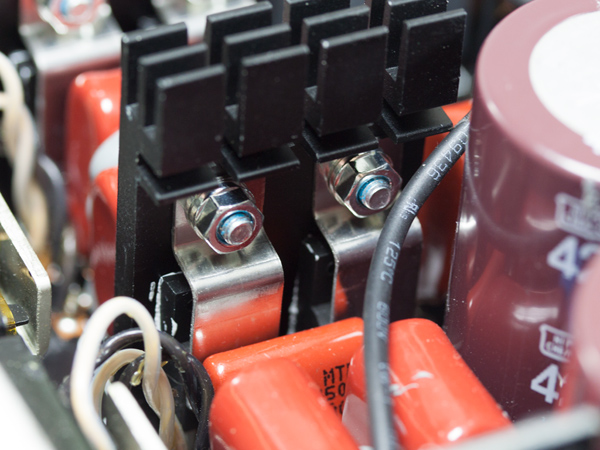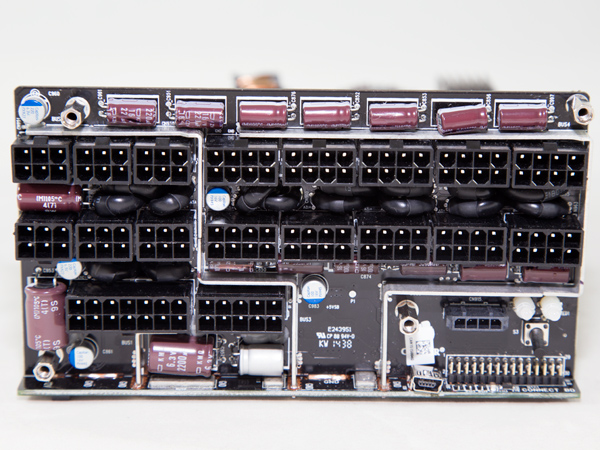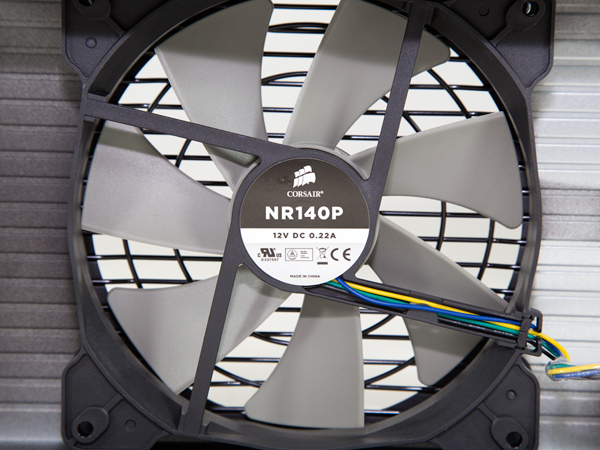Corsair AX1500i Titanium PSU Review
Today, we're taking a look at Corsair's flagship power supply unit. The AX1500i is a digital, 1500 watt, 80 PLUS Titanium-rated beast of a PSU!
Why you can trust Tom's Hardware
A Look Inside And Component Analysis
Parts Description
Our main tools for disassembling PSUs are a Thermaltronics soldering and rework station and a Hakko 808 desoldering gun.
| Primary Side | |
|---|---|
| Transient Filter | 6x Y caps, 5x X caps, 3x CM chokes, 1x MOV, 2x TVS diodes |
| Inrush Protection | NTC Thermistor & Relay |
| Rectifiers | 2x Toshiba TK62J60W (600V, 61.8A @ 150°C, 33 mOhm) |
| APFC MOSFETS | 4x Infineon IPA60R099 (650V, 24A @ 100°C, 99 mOhm) |
| APFC Boost Diode | 4x CREE C3D06060A (600V, 6A @ 154°C) |
| Hold-up Cap(s) | 2x Nippon Chemi-Con (420V, 470uF & 680uF or 1150uF combined, 2000h @ 105°C, KMR) |
| Main Switchers | 4x Infineon IPA60R099 (650V, 24A @ 100°C, 0.099 Ohm) |
| Topology | Primary side: Bridgeless Design, Two Phase Interleaved PFC, Full-Bridge & LLC Resonant Converter Secondary side: Synchronous Rectification & DC-DC converters |
| Digital Controllers | |
| Main Controller | Freescale MC56F8236 |
| MCUs | Silicon Lab C8051F310 & C8051F380 |
| Secondary Side | |
| +12V | 16x fets |
| 5V & 3.3V | 2x DC-DC Converters |
| Filtering Capacitors | Electrolytics: Nippon Chemi-Con (105°C, KY, KZE), Rubycon (105°C, ZLH) Polymers: CapXon |
| Fan Model | NR140P (12V, 0.22A, Fluid Dynamic Bearing) |
| 5VSB | |
| PWM Controller | Infineon ICE3BS03LJG |
| -12V Circuit | |
| Rectifier | IPA60R950C6 (650V, 2.8A @ 100°C, 0.95 Ohm) |
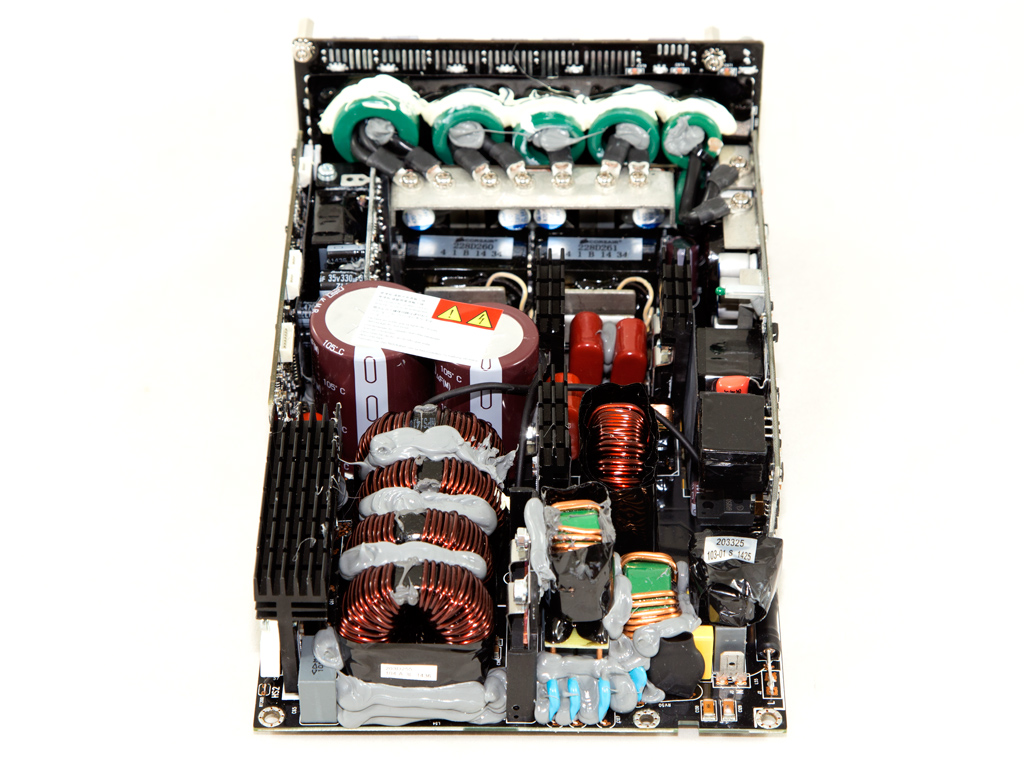
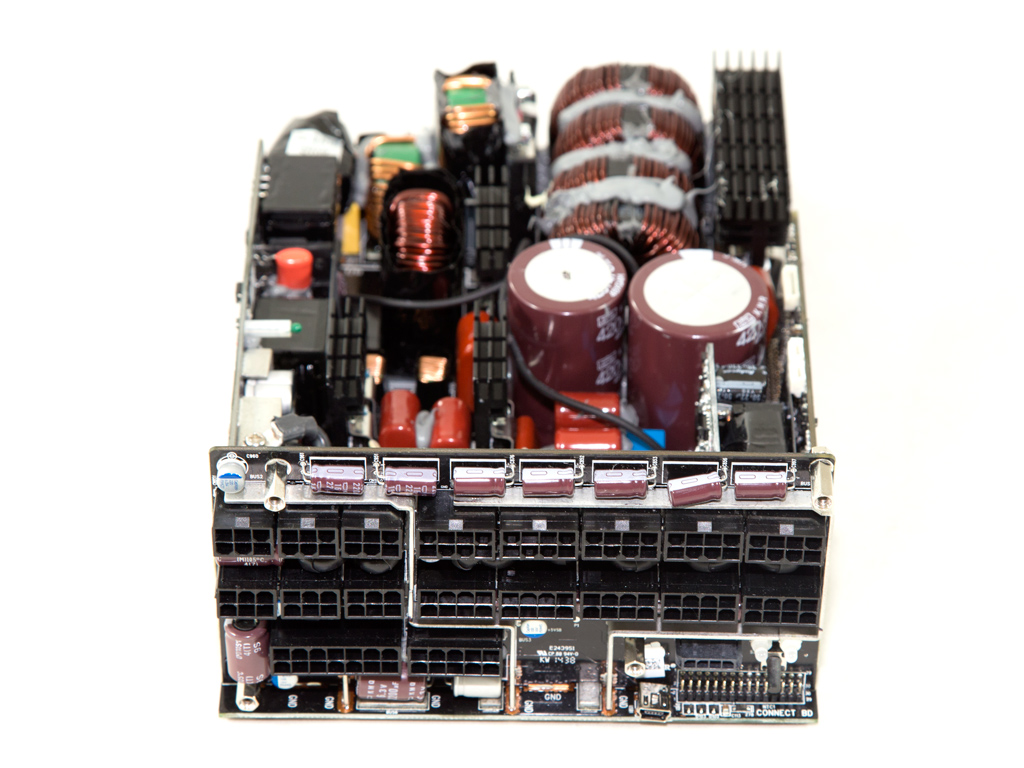
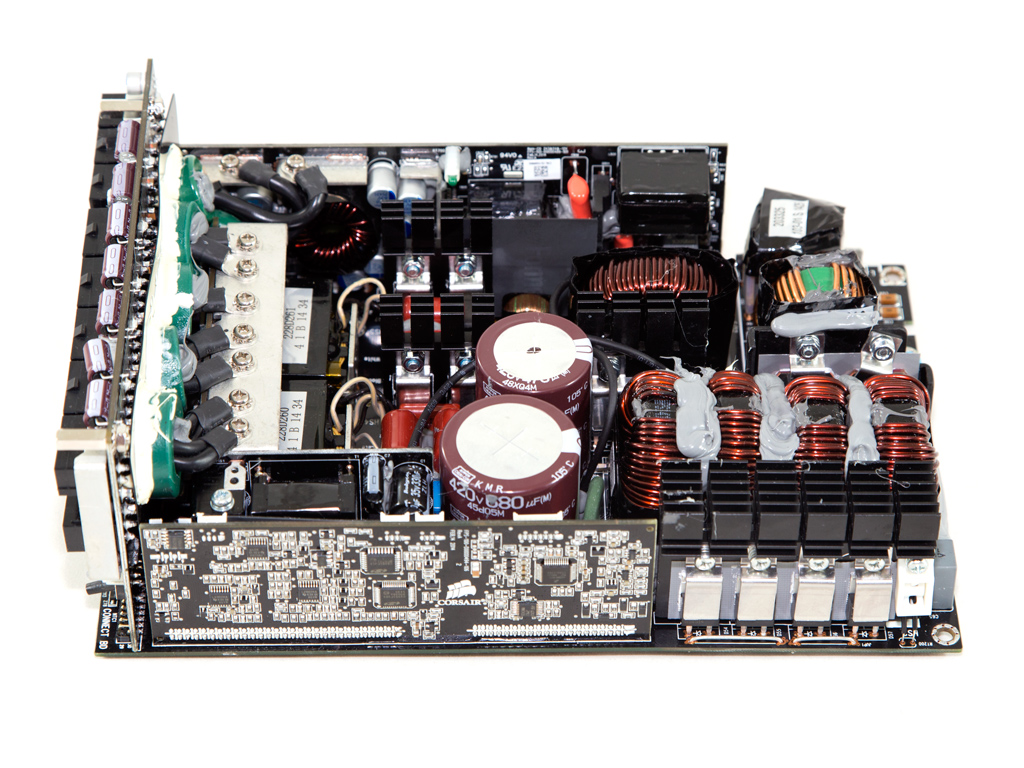
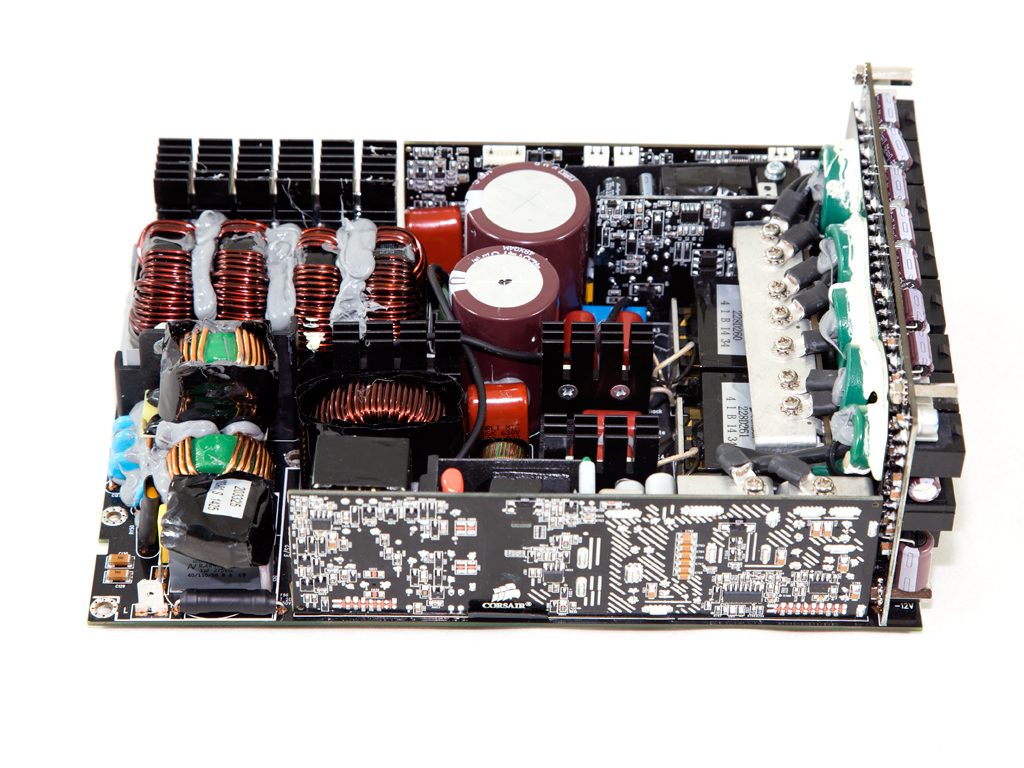
The AX1200i and AX1500i PSUs utilize the most advanced digital platforms available on the market today. Corsair and Flextronics did an amazing job in creating a digital PSU, and the competition will have to invest lots of resources in order to keep up. To be more specific, the AX1500i uses a bridgeless design, which includes an interleaved PFC converter along with a full-bridge topology. In the secondary side, we see a synchronous design accompanied by two DC-DC converters for the generation of the minor rails. All circuits inside the AX1500i are digitally controlled, with the exception of the one that generates the 5VSB rail and most likely the circuit that handles the -12V rail as well. A Freescale MC56F8236 DSC (digital signal controller) with a couple of MCUs (microcontrollers) handles most circuits of the AX1500i, providing top performance under all conditions and Titanium efficiency.
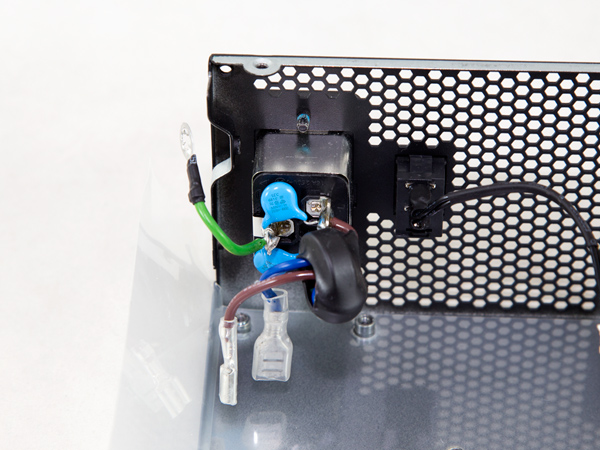
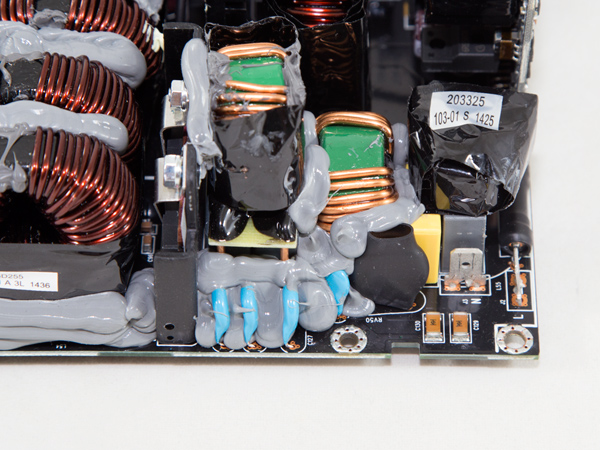
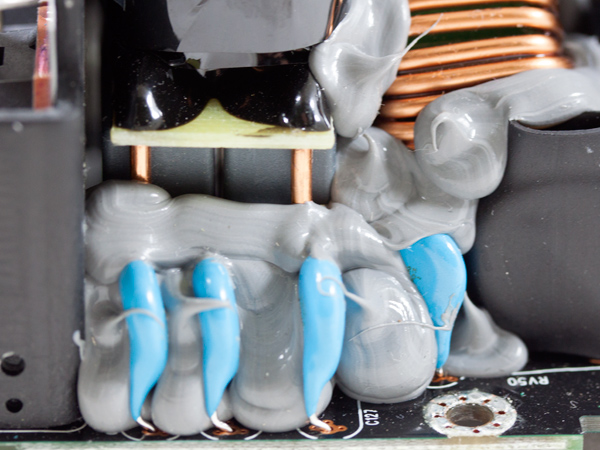
The AX1200i uses a server-grade, integrated EMI filter; however, the AX1500i uses only a couple of Y caps on the AC receptacle, with the rest of the EMI filtering components on the PSU's main PCB. This might look like a downgrade, but the EMI filter is more than complete, since it consists of six Y caps, five X caps, three CM chokes, a single MOV and a couple of TVS diodes. Corsair also used a significant amount of glue in order to suppress any coil-whine noise, which can become really annoying. Flextronics utilized an NTC thermistor to protect the unit from large inrush currents, and there is also an electromagnetic relay that isolates the thermistor once the start-up phase finishes.
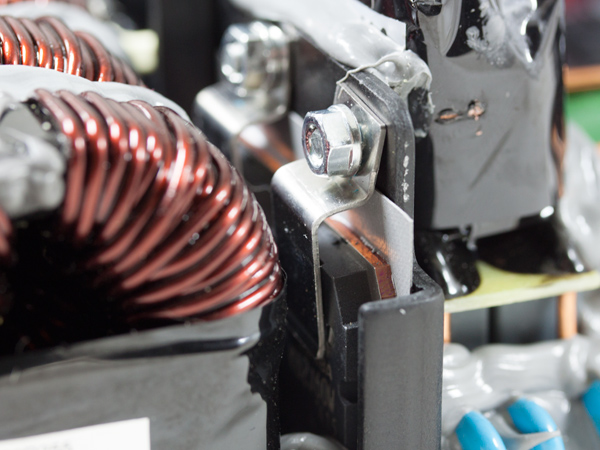
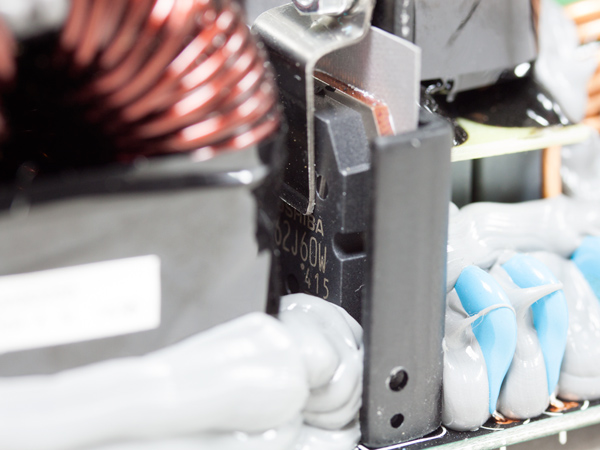
Instead of using bridge rectifiers for fully rectifying the incoming AC voltage, this PSU utilizes a couple of FETs that offer significantly lower energy losses. These FETs are provided by Toshiba and their model number is TK62J60W.
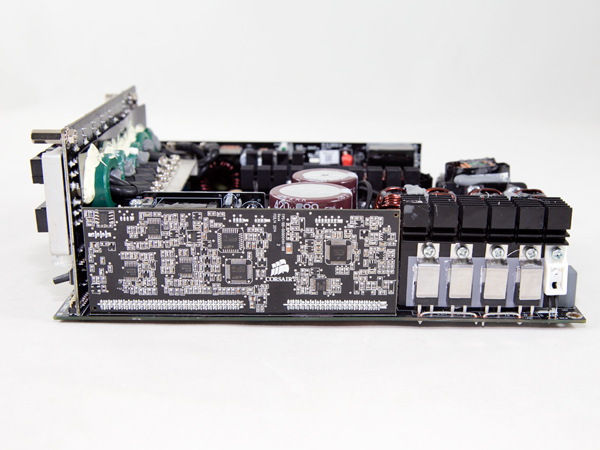
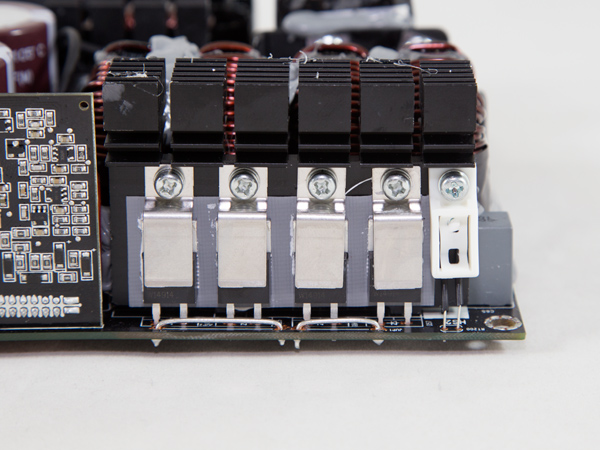
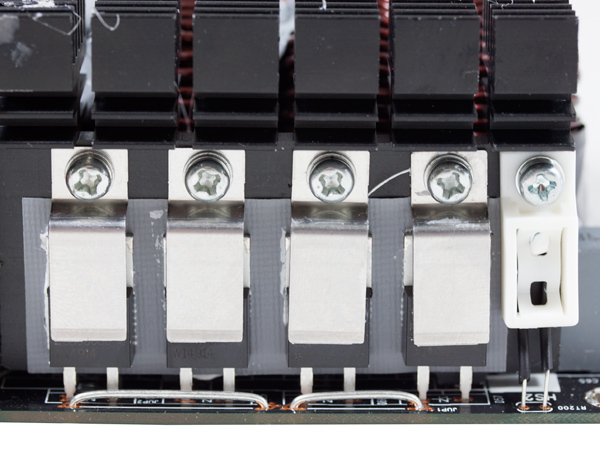
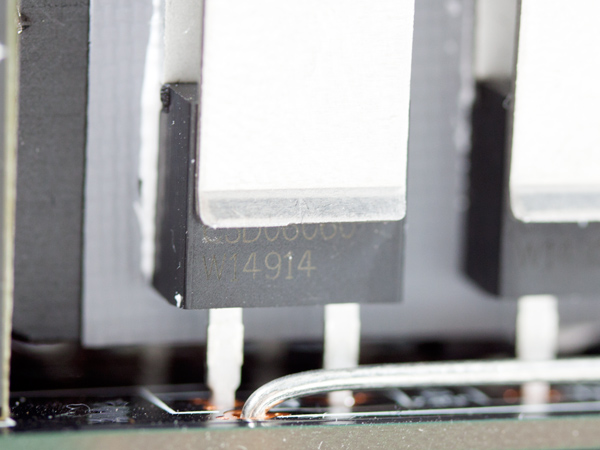
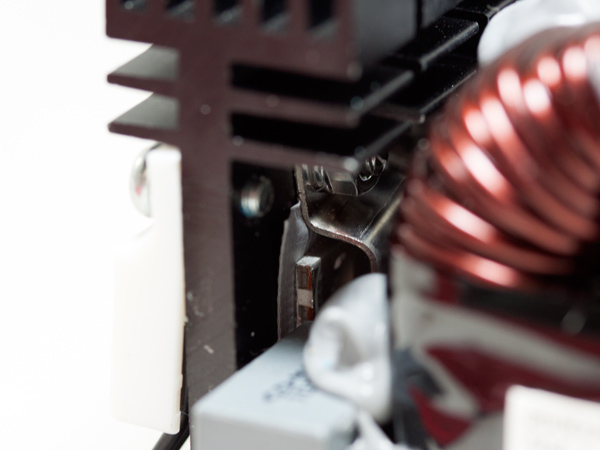
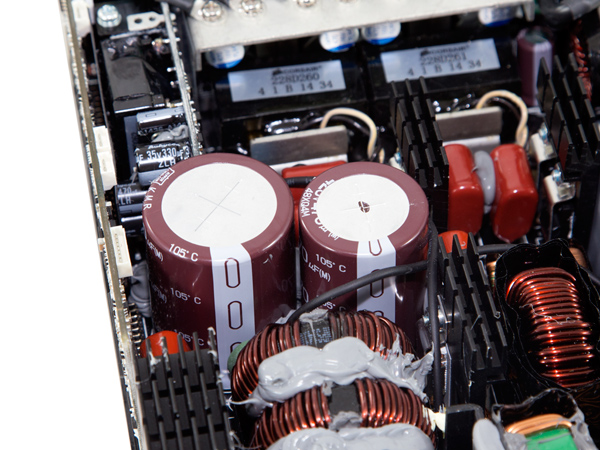
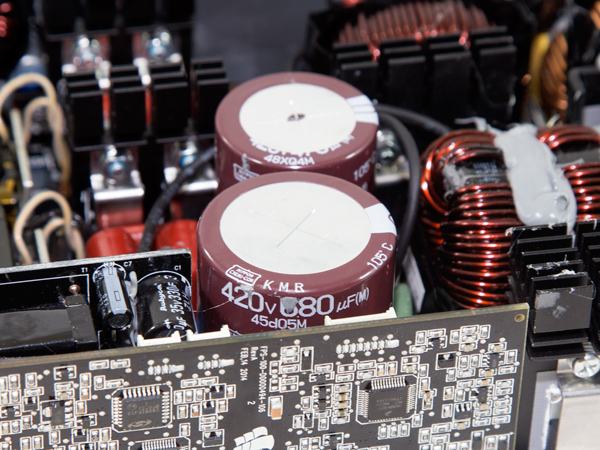
This PSU uses an interleaved, two-phase PFC converter, meaning that there are in fact two APFC converters that work in parallel, with a phase difference between them. This leads to minimized input/output current ripple and lower energy losses, offering increased efficiency while at the same time doubling the effective switching frequency. The APFC stage uses four chokes, four CREE C3D06060A boost diodes and four Infineon IPA60R099 FETs. For increased heat dissipation, all FETs and diodes have optimal contact with the heat sinks, thanks to the metal clips that Flextronics used. Finally, the two parallel hold-up caps are provided by Nippon Chemi-Con (680µF and 470µF or 1150µF combined, 450V, 105°C, KMR series).
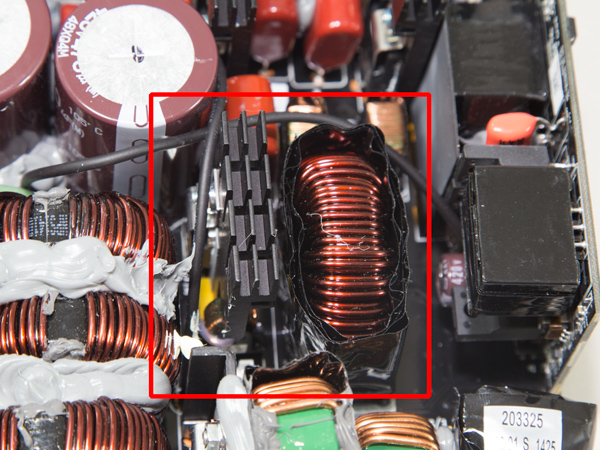
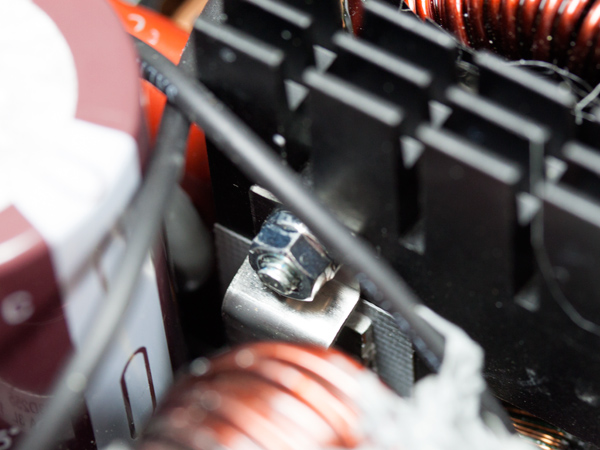
The heat sink depicted in the photos above holds a FET and a diode. In front of these is the intermediate buck inductor.
The main switchers, four Infineon IPA60R099 FETs, are installed in a full-bridge topology, and an LLC resonant converter boosts efficiency, providing an almost lossless switching operation.
Get Tom's Hardware's best news and in-depth reviews, straight to your inbox.
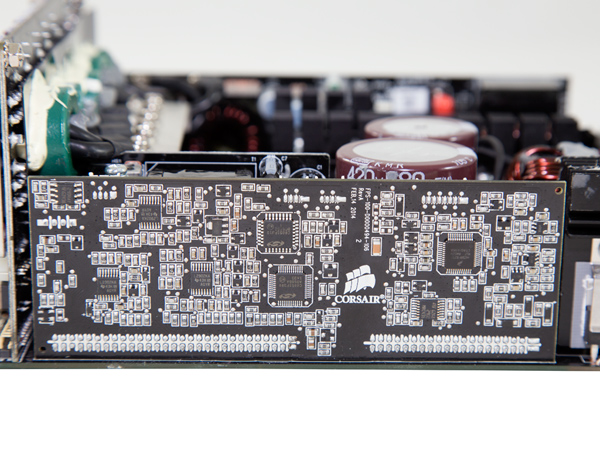
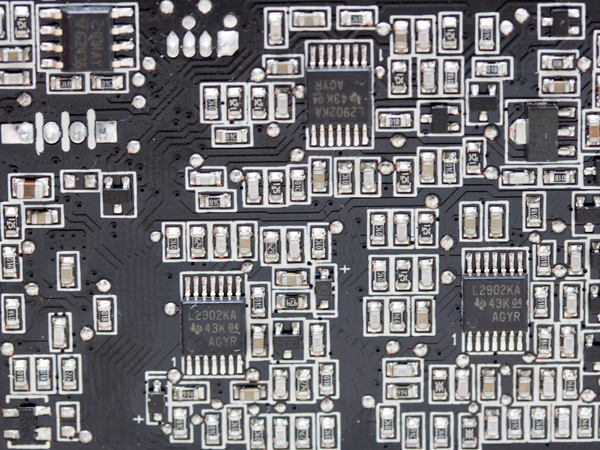
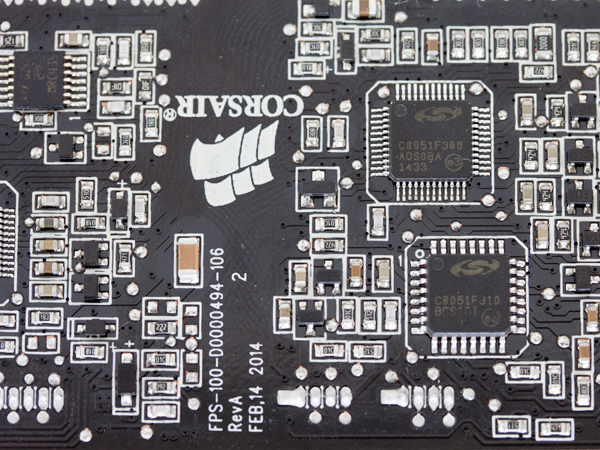
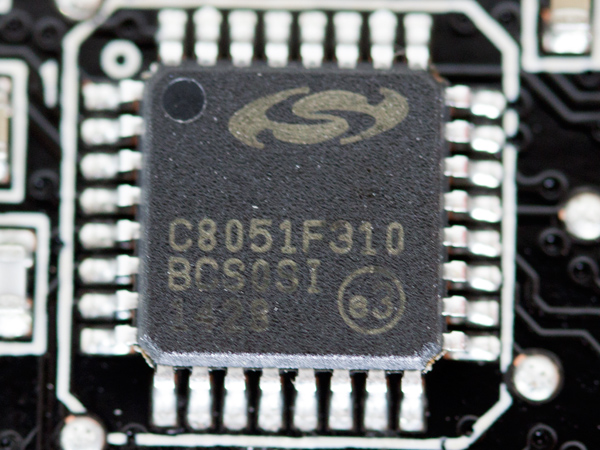
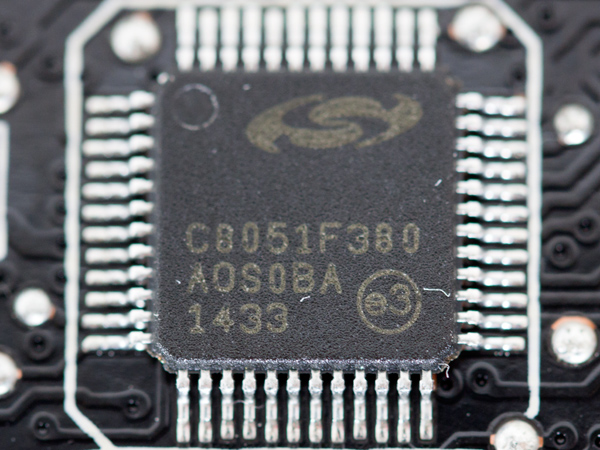
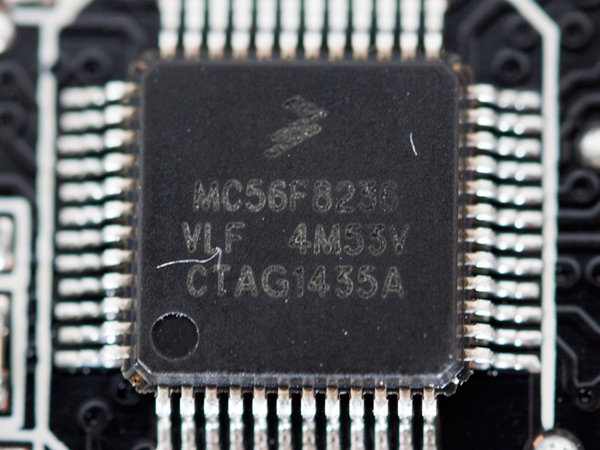
This is the main control board of the AX1500i, which is responsible for most of its circuits. On it we found a number of LM2902K quadruple operational amplifiers along with an MC56F8236 Freescale DSC (digital signal controller). In this section, the AX1200i, which has an identical control board, uses a 56F8014 DSC instead. On the same board there are also two fully integrated, mixed-signal system-on-a-chip MCUs from Silicon Lab, which play the role of a DSP; however, they are clocked at higher speeds. Their model numbers are C8051F310 and C8051F380. Both of them use the same 8051µC core, however, the core in the C8051F380 is clocked higher. Last, there is a USB 2.0 controller in the C8051F380 MCU, which allows communication between the PSU and the system.
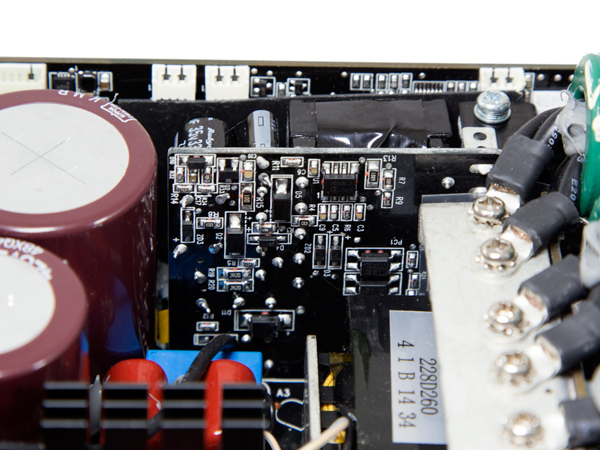
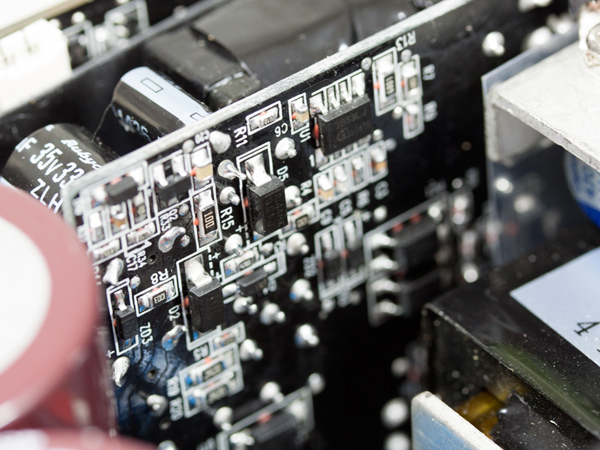

The board that holds the 5VSB regulation circuit, which is analog-controlled, sits on the front of the control board described above.
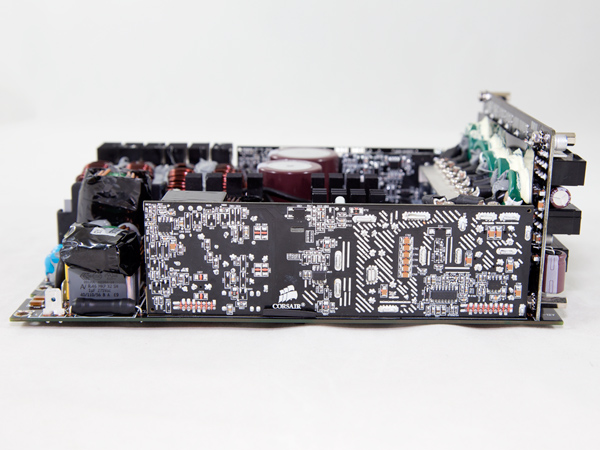
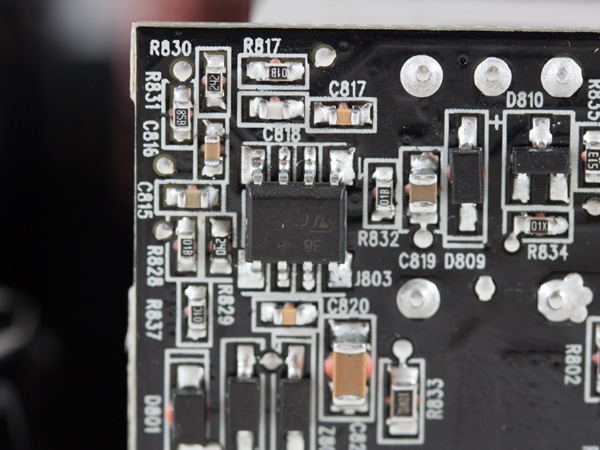
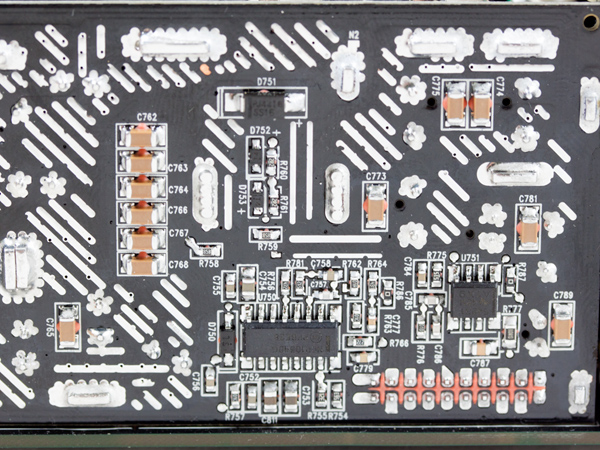
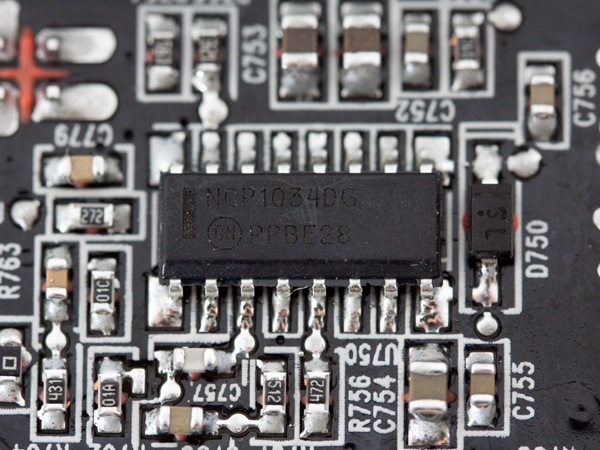
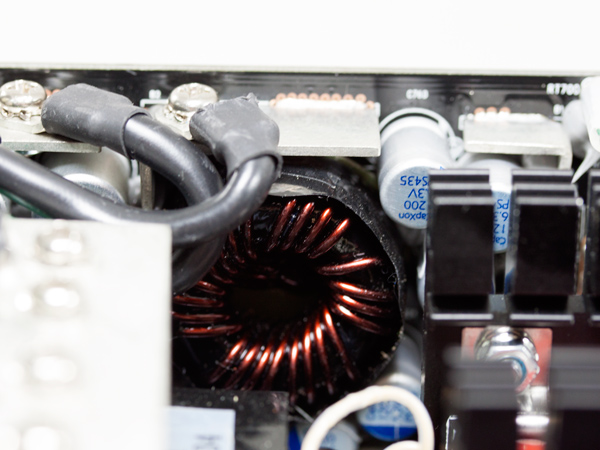
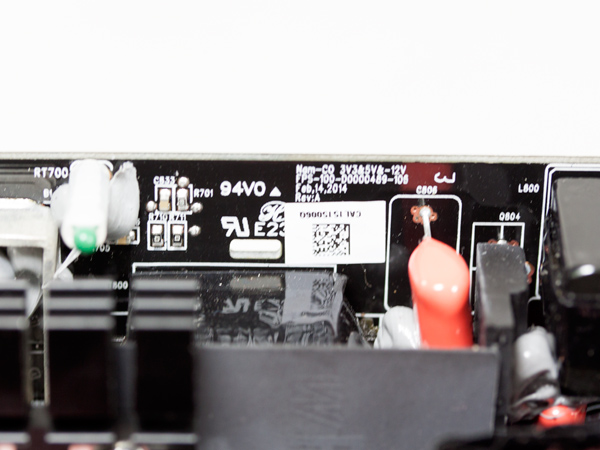
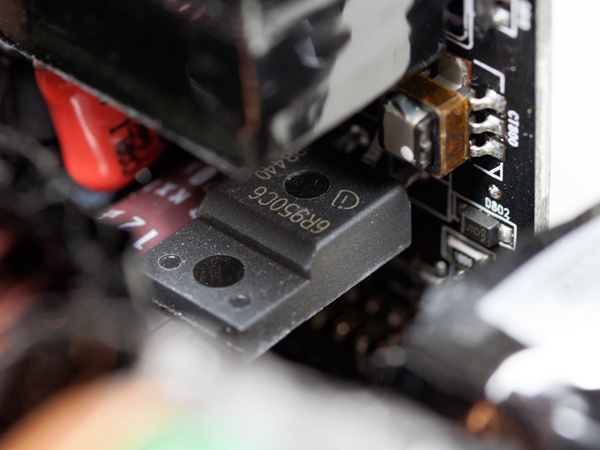
Both DC-DC converters that generate the minor rails are housed on a separate daughterboard and are digitally controlled; hence they have almost perfect load regulation. On the same board the DC-DC converter for the -12V rail is also installed. Finally, we spotted an NCP1034DG buck PWM controller at the back of this daughterboard.
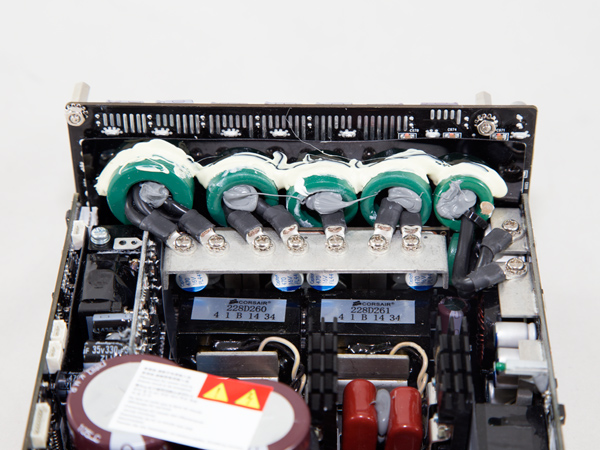
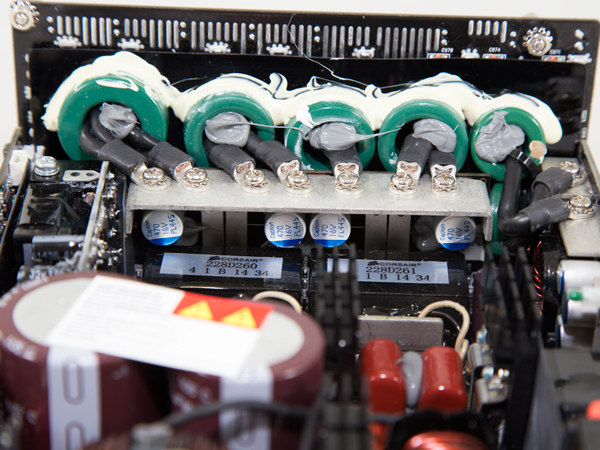
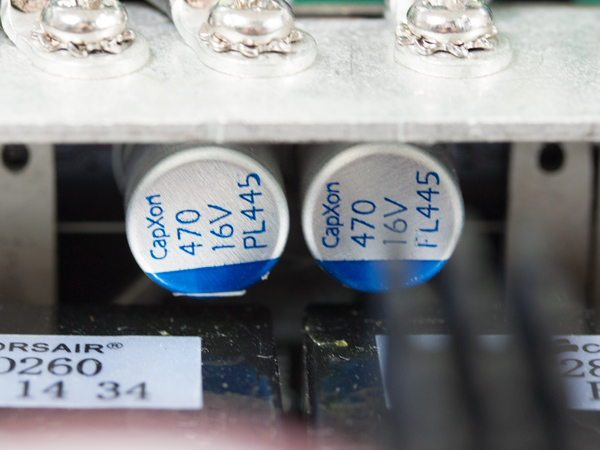
Behind the two parallel main transformers is the PCB that holds all sixteen FETs that regulate the +12V rail. Several CapXon polymer capacitors handle the filtering of this rail. We expected to see Japanese caps here, but since these are polymer caps, we believe that the CapXon caps are adequate. On top of the caps there is a huge metal bar, which transfers power from the +12V regulation board to the modular PCB, through several pretty thick wires. Corsair used ferrite rings on these wires to suppress EMI/RFI noise.
On the front of the modular PCB several busbars transfer power to the sockets in order to minimize power loss as much as possible. On this side, we also found many Chemi-Con electrolytic caps for some extra ripple filtering, along with several small polymer caps by CapXon.
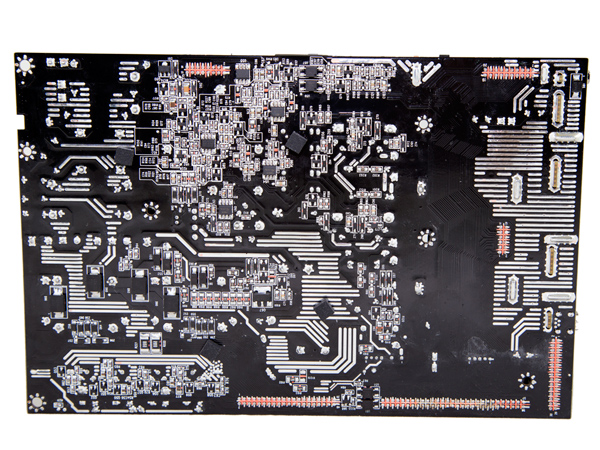
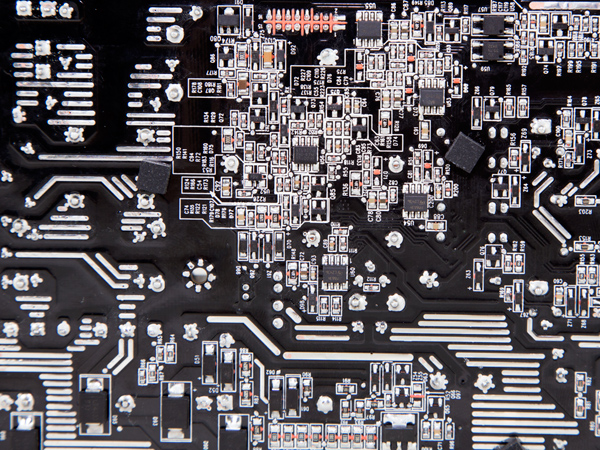
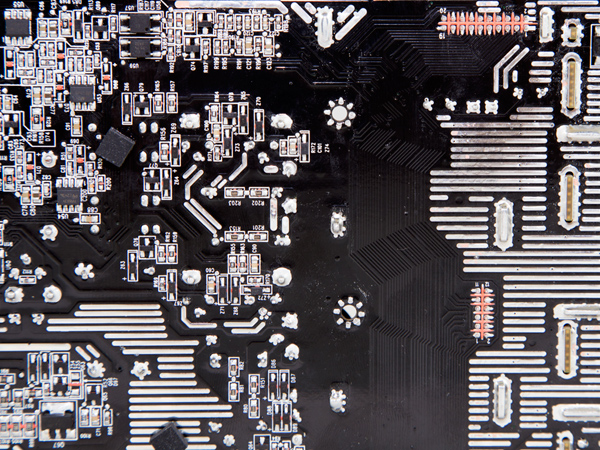
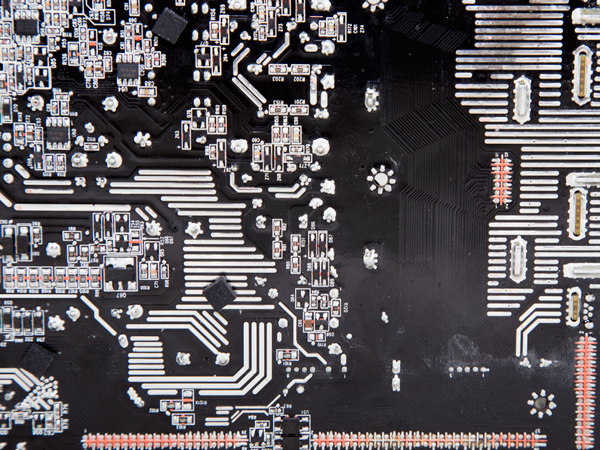
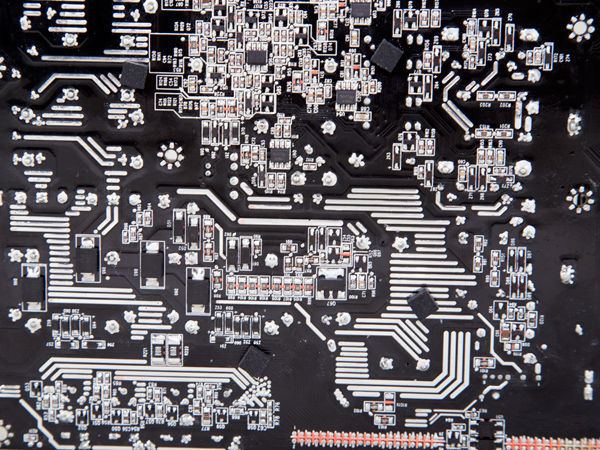
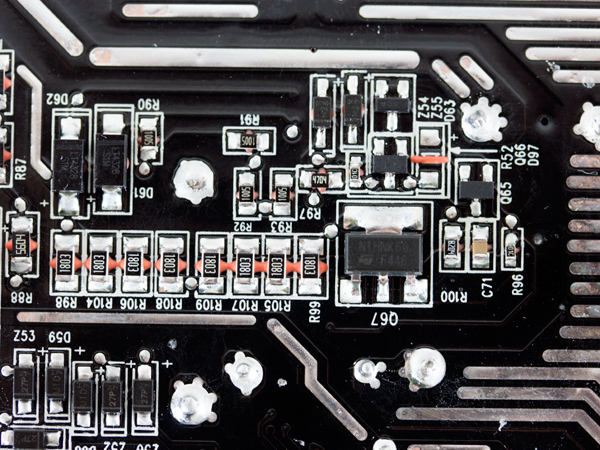
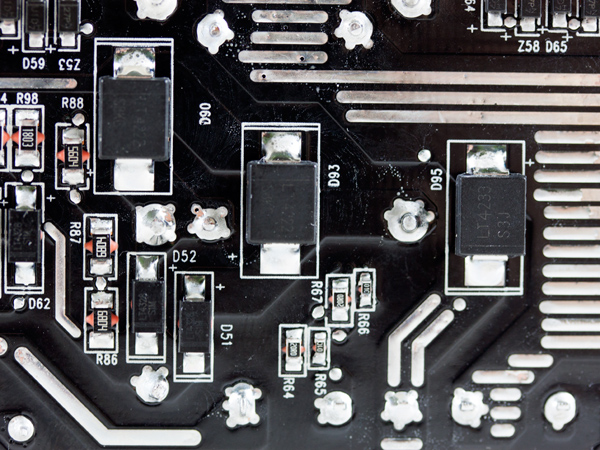
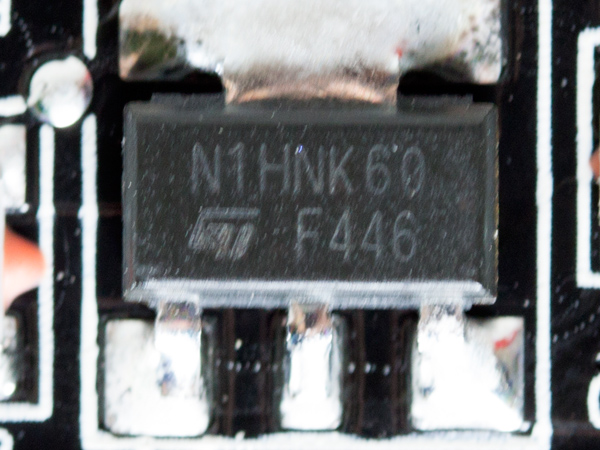
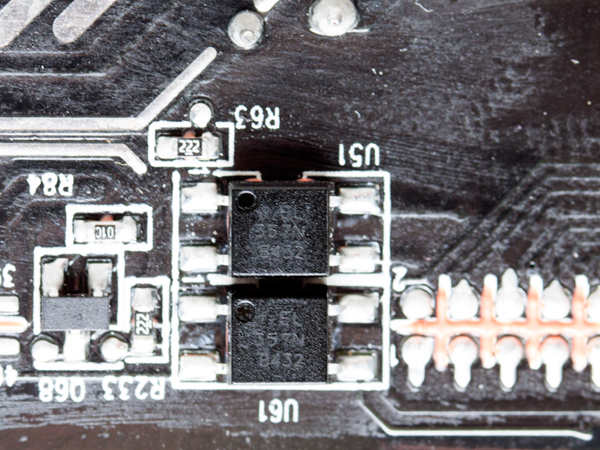
Soldering quality on the main PCB is good; however, we have seen better examples from Flextronics in the past.
The AX1500i uses the same fan that is used in almost all of Corsair’s high-end PSUs. This fan utilizes a fluid dynamic bearing (FDB), which is considered among the best (if not the best), offering increased reliability and low noise output. The fan's model number is NR140P (12V, 0.22A).
Current page: A Look Inside And Component Analysis
Prev Page Packaging, Contents, Exterior And Cabling Next Page Load Regulation, Hold-Up Time And Inrush Current
Aris Mpitziopoulos is a contributing editor at Tom's Hardware, covering PSUs.
-
Nuckles_56 For such an expensive unit, why on earth did they put the CapXon caps in rather than a complete set of Japanese ones?Reply -
basroil Wow, this thing has almost as good of regulation and transient responses as the Seasonic 660XP2! And at 1500W no less... Might be a good PSU for not just 4-way K80 workstations, but also powering 12VDC robots too!Reply -
mctylr ReplyCorsair's flagship power supply unit (PSU) offering, the AX1500i, is the best PSU money can buy today, according to many experts in the field.
Honestly?! Do you believe that anyone can reasonably assume that this is an impartial, unbiased review when that is the review's opening?
Argument from authority (or appeal to authority) isn't what I expect from a Tom's Hardware review. -
Bossyfins ReplyCorsair's flagship power supply unit (PSU) offering, the AX1500i, is the best PSU money can buy today, according to many experts in the field.
Honestly?! Do you believe that anyone can reasonably assume that this is an impartial, unbiased review when that is the review's opening?
Argument from authority (or appeal to authority) isn't what I expect from a Tom's Hardware review.
He said to many others in the field. Pretty sure he is not implying himself. -
jimmysmitty Reply16665297 said:For such an expensive unit, why on earth did they put the CapXon caps in rather than a complete set of Japanese ones?
They are polymer caps, as mentioned, which might not make a difference even if they went with Japanese caps. In fact looking at the results even some that probably have all Japanese caps got beaten in many areas. -
Eggz Good review, but please do something about the large arrows blocking the garphs' labels. I can't read what the data actually presents with that info blocked.Reply
As for the actual unit, we know it's good. This thing's been out for about a year now. We at least now have conformation from a pretty reliable source, so thanks for that!
And for this:
Argument from authority (or appeal to authority) isn't what I expect from a Tom's Hardware review.
What is wrong with appealing to authority? I don't know astrophysics, but I can tell you something about it if an astrophysics professor tells me about it. And how would the professor learn his basic knowledge before becoming a professor? Text books, probably. Who wrote those? Ah, yes authorities in the field!
Dismissing references to authorities, as a non-expert, is stupid. It's essentially saying "Since this person has dedicated his (or her) entire life to researching this topic, I will definitely make up my mind on that topic without considering what he (or she) has to say about it." That falls right under the definition of intentional ignorance.
To be fair, though, the article didn't cite to an actual authority. It assumed that the readers will have familiarity with other rigorous review sites like Jonny Guru, who reviewed the AXi1500 back in April of 2014, giving it the only 10/10 ever with the following comment: http://www.jonnyguru.com/modules.php?name=NDReviews&op=Story&reid=378
I was starting to think nobody would ever send me a unit good enough. People, THIS is what it takes to get a perfect total score from me. Might be the last time you see it, too. Goes without saying I need to slap in that good old recommended logo right here
-
mctylr Reply16667641 said:Argument from authority (or appeal to authority) isn't what I expect from a Tom's Hardware review.
What is wrong with appealing to authority? I don't know astrophysics, but I can tell you something about it if an astrophysics professor tells me about it.
Dismissing references to authorities,
Argument from authority is not about presenting or relaying knowledge from a known authority, but the premise that the argument(*) should be accepted on the basis that it came from an authority, not that the argument should be evaluated and (conditionally) accepted based on its own merit.
(*) or in this context a review
Perhaps I was sloppy in my usage. My concern is that by making such a reference to unspecified experts' opinions, introduces a potential cognitive bias, namely that the reviewer (Aris) expected the review unit to perform to those expectations, and not necessarily report with an impartial review of the unit as received and as actually measured.
While I assume the power supply is of excellent quality, and I have no reason to expect any intentional or deliberate wrong-doing, the opening of a review with such a reference of praise, suggests that they reviewer could be subtlety influenced by these expectations during the review process.
In my opinion such a reference to other reviews / opinions does not belong in a review introduction, but if mentioned it should be brought up during the conclusion of the review.
-
Amdlova I see some corsair s... inside its not better than an evga power, Seasonic all for the win!Reply -
iam2thecrowe Reply16667294 said:16665297 said:For such an expensive unit, why on earth did they put the CapXon caps in rather than a complete set of Japanese ones?
They are polymer caps, as mentioned, which might not make a difference even if they went with Japanese caps. In fact looking at the results even some that probably have all Japanese caps got beaten in many areas.
Here's some opinions of capxon caps: http://www.badcaps.net/forum/showthread.php?t=20979
I know I wouldnt trust them, have seen too many blow, and theres really no reason to cheap out on such a high end psu. But, the reason they used them may have been due to sizing, availability of those specs or something else....... They might measure well when theyre new, but will they last?..... This is something a review can never tell us unfortunately. I guess as long as theyre rated generously, they should be ok, polymer caps will have much less tolerance to overvoltage. -
Eggz Reply16668249 said:
My concern is that by making such a reference to unspecified experts' opinions, introduces a potential cognitive bias, namely that the reviewer (Aris) expected the review unit to perform to those expectations, and not necessarily report with an impartial review of the unit as received and as actually measured.
That's a fair concern generally, but the reasons giving rise to it seem misplaced. The particular place in a review that someone gives praise - beginning, middle, or end - doesn't make much of a difference for anyone who edits their writing, which I'm sure this reviewer does. It's actually good practice to open with lessons learned for this type of article; otherwise, the piece would be meandering and simply take readers through the experimentation process in real time. That's boring and would probably decrease readership.
As for whether to mention (or allude to) other reviews at all, I am not sure it's a good idea for Tom's reviewers to intentionally ignore other reputable reviewers. In all likelihood, many of them are acquaintances from various trade shows. But more importantly, I'd expect a Tom's reviewer to have read all other serious reviews before writing his own. Without doing that, they'd run the risk of writing repetitive information, or worse, writing a less informative review than others currently available. Being familiar with the work of others in your field is part of what builds credibility.
I'm not trying to say that we should pretend Tom's is immune to fallacious logic. It's good to think about those things. My point is just that it didn't seen to present a real problem here.
